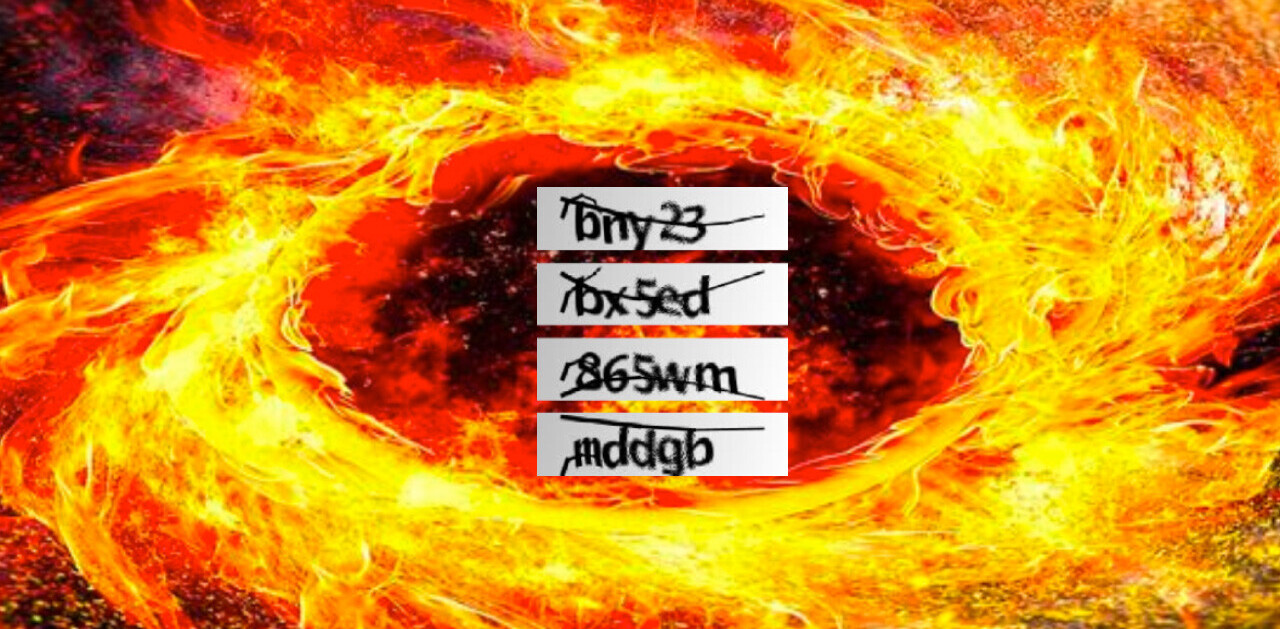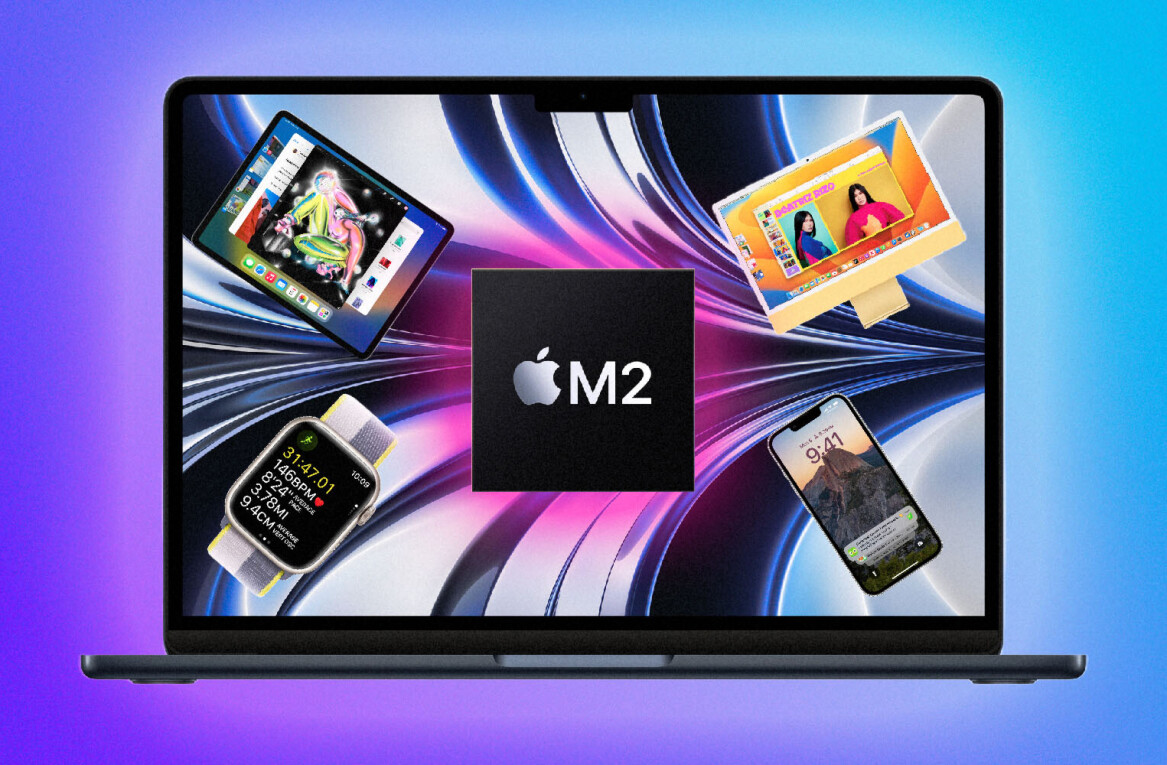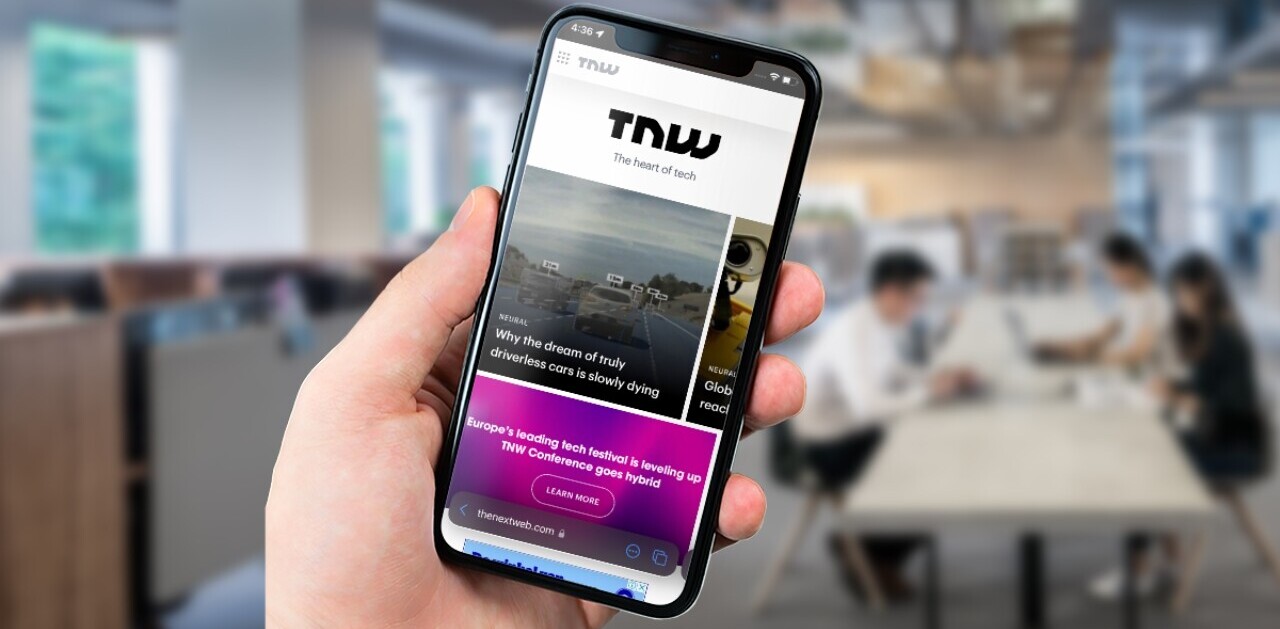
Not too long ago, Carrot Weather landed on the Mac App Store. It was Carrot’s first foray onto the desktop, and had many wondering why it would venture away from iOS. We wanted to know, too.
With many considering the desktop a dying platform — and the Mac App Store decaying — we spoke with Carrot’s developer, Brian Mueller, to find out why he went Mac when everyone else was running the other way.
TNW: There’s a lot of chatter about the desktop dying off, and the App Store offering little reason for OS X users or developers to use it. Why did you bring Carrot Weather to the Mac?
Brian Mueller: I didn’t have a grand plan, really. I wanted to build it for myself. I wanted a really good weather app for my Mac because I’m there all day. I wanted to hit a few keys and bring up the weather rather than go to a browser window.
TNW: Has the App Store been treating you well?
BM: (laughs) I probably should have done some market research before I got too far into development. I only learned [two weeks ago] that no weather app has made it into the top five on the Mac App Store, in terms of top paid apps and top grossing apps. I was the first one to do that.
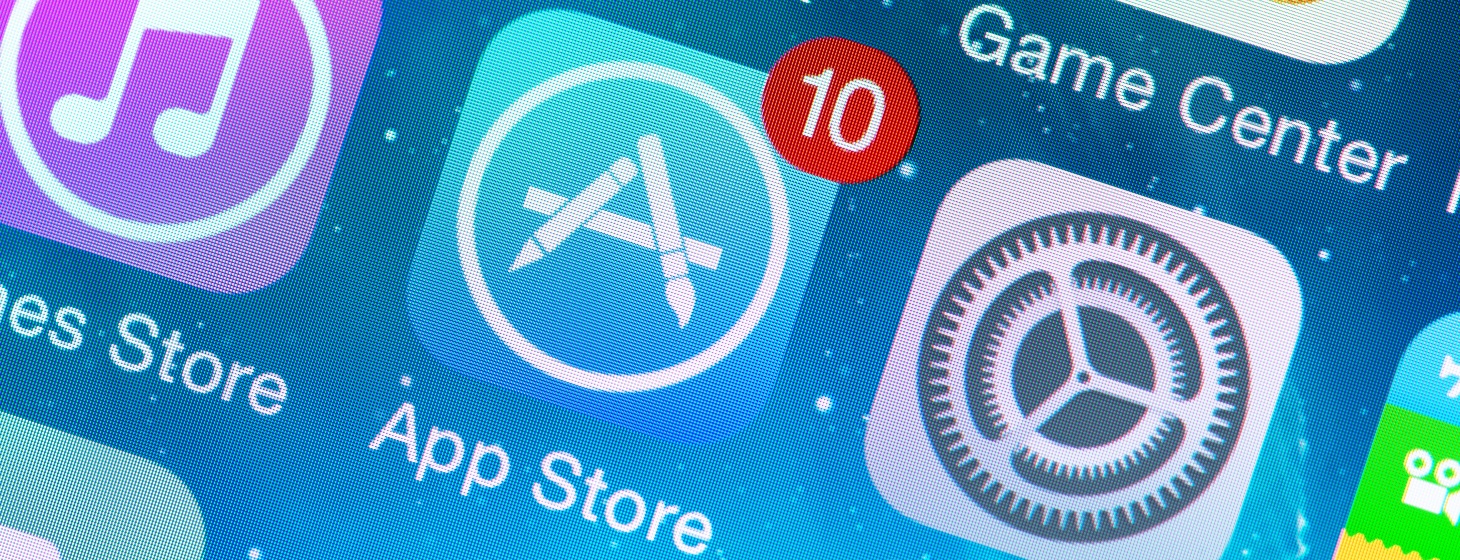
TNW: That’s interesting. What do you attribute that to? You’re charging a bit more than other weather apps, so it seems the cards should be stacked against you.
BM: That’s another surprising thing. There are some other more “pro” weather apps that charge $30 or so, but I was a bit surprised considering Carrot is a lot more expensive than some of the other weather apps.
I think it’s just having that brand that people are already familiar with and really enjoy is a big part of it.
TNW: Two years ago you started with Carrot To-Do on iOS. The entire time, you’ve concentrated on iOS, so why come to the desktop now — and why not Carrot To-Do?
BM: It was just that I was done with Carrot Weather for iOS and the Apple Watch, and it was about a month before WWDC when Apple releases all the new SDKs. I didn’t want to start on a whole new Carrot project because I figured that once WWDC rolled around I’d have to immediately switch my attention to iOS 9 and watchOS 2.
The To-Do app does make sense to bring to the Mac App Store, but it needed a big overhaul, and I have been working on a big update to that, but it just wasn’t ready.
Weather just seemed like a relatively easy project to dip my toes into Mac app development, and it ended up being a bit harder than I thought it was going to be.
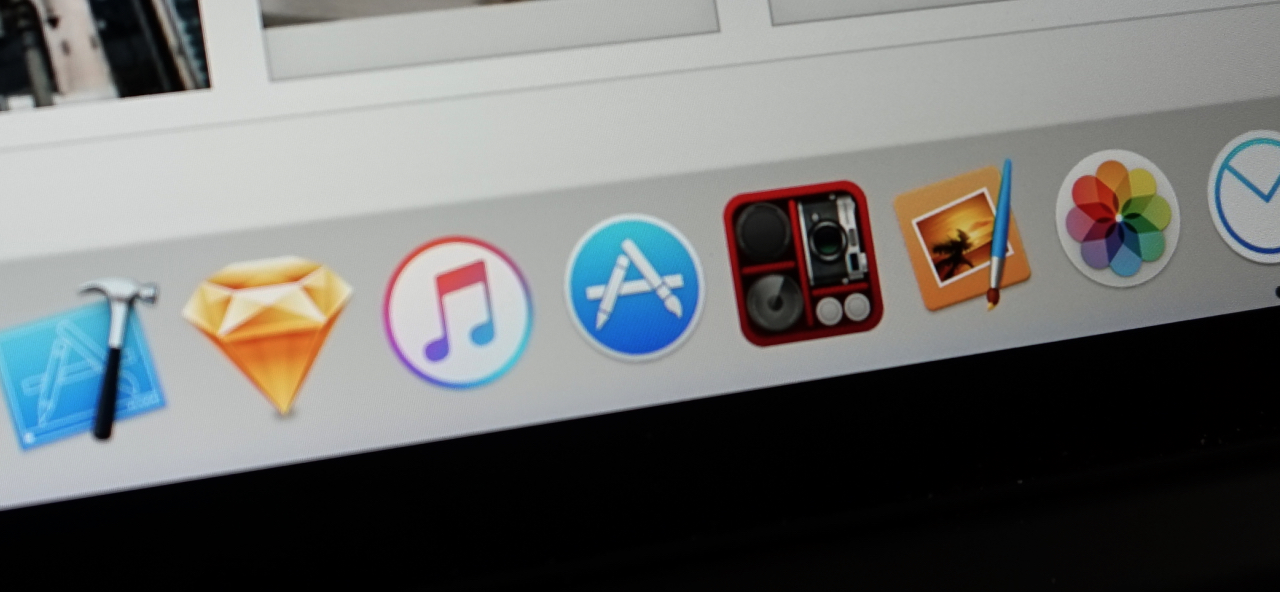
TNW: Let’s touch on that. What issues did you have in bringing your iOS app to OS X?
BM: There weren’t any big “issues” I ran into, it’s just that the platforms are different. The Mac has been around for many years before iOS, and there are certain ways of doing things, like building tables. On iOS, you only have room for one column, and on Mac you can have multiple columns.
Just all the APIs for building tables are different because of that. So, it’s just a lot of minor or big API differences that I had to wrap my head around. It was a learning experience more than anything else.
I didn’t really have any trouble developing for it that I wouldn’t have it I were developing for iOS the first time.
TNW: A lot of people feel Apple has left OS X behind with regard to frameworks and such. Did you run into any roadblocks, or was it really just different?
BM: I didn’t run into anything I couldn’t do, I just had to find new strategies for doing on OS X that either don’t exist or are different on iOS.
It’s a mature development platform, and I don’t think Apple has abandoned it at all. They’re still spending tons and tons of resources and money and development time building these updates year after year to OS X when iOS is what’s making them so much money.
I think Apple is doing well by the Mac community.

TNW: In “porting” your iOS app to the desktop, did you consider doing something totally different, or were you trying to bring a similar experience to OS X?
BM: I wanted to bring the same experience, but I did something pretty different with the ‘mini window’ [for OS X], which is almost a completely separate app on its own.
It can do just about everything the main app can do… and I really like how you can bring it up and it shows everything.
So, I ported the main app, and did something completely different with the mini window. It’s what I enjoy using the most.
TNW: The App Store has a reputation for being a bit of a fools errand for success. Are you selling Carrot Weather through your own website in addition to the Mac App Store?
BM: I sell exclusively through the Mac App Store.

TNW: Interesting. How has that been for you, selling exclusively via the App Sore and trying to make money?
BM: It’s actually been way better than I expected with regard to revenue. It’s been really close to the launch of Carrot Weather for iOS. Carrot Weather for iOS was featured, and I think had an Editor’s Choice tag. The Mac version got Editor’s Choice, and was number one or two on the Mac App Store page.
[Both were] prominently featured, and they got around the same amount of press form all the tech websites. They did the same amount in terms of revenue.
After hearing all the stories, I’m pleasantly surprised at how the Mac App Store has treated me.
TNW: Parting shot — what would you say to iOS developers that could be developing for OS X, but aren’t?
BM: This has been a huge success for me, and the Mac App Store has been even better than I expected it to be.
I originally did this as sort of something I wanted to do for myself, not expecting it to make all that much money; just some fun thing to learn and do on my own. It’s ended up being great in terms of revenue and the attention I’ve got from it.
Should you take your iOS app to the desktop?
Going from iOS to OS X isn’t as simple as copying and pasting code, or designating an existing iOS app for the Mac in Xcode. Mueller’s experience shows us that while some of the underlying frameworks and APIs are different, it’s smart to consider OS X as a development platform. It didn’t take an unusual amount of time for him to bring Carrot Weather to the desktop, and Mueller earned a tidy sum broadening his horizons.
The Mac App Store has its issues, but if a wise cracking weather app can make it there, the App Store is at least worth consideration for your next app — or maybe even your current one.
Get the TNW newsletter
Get the most important tech news in your inbox each week.

